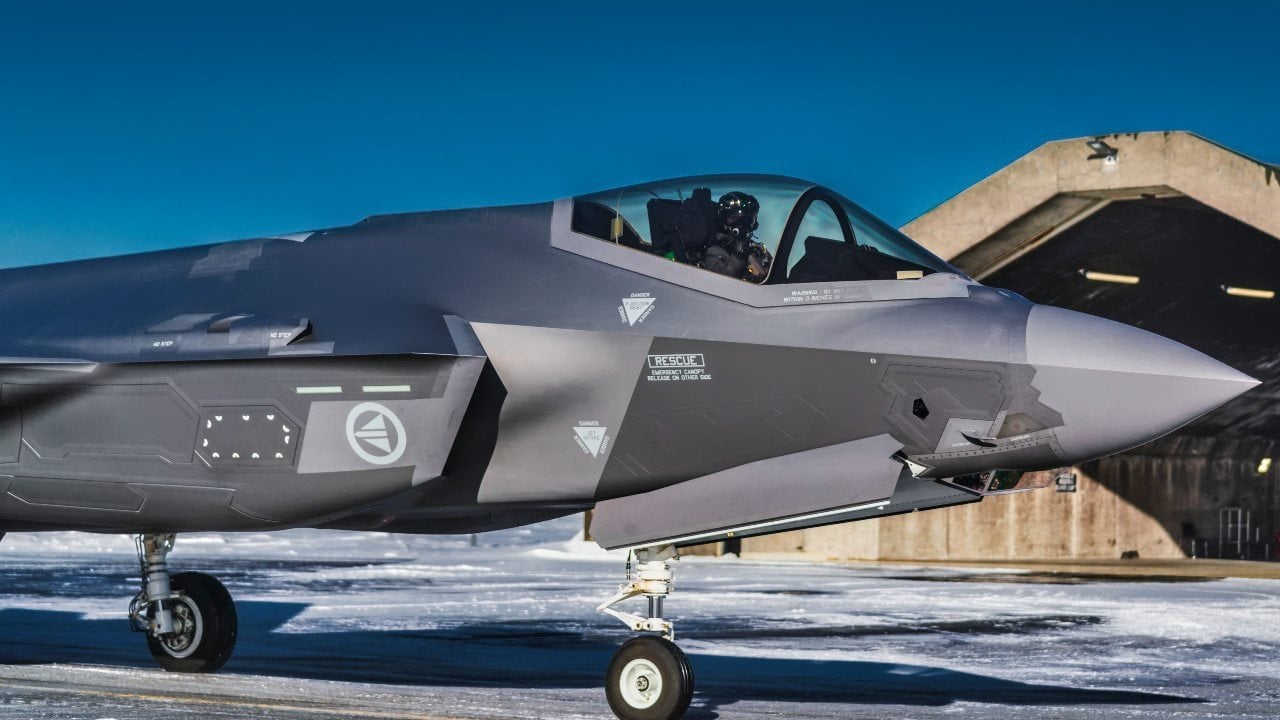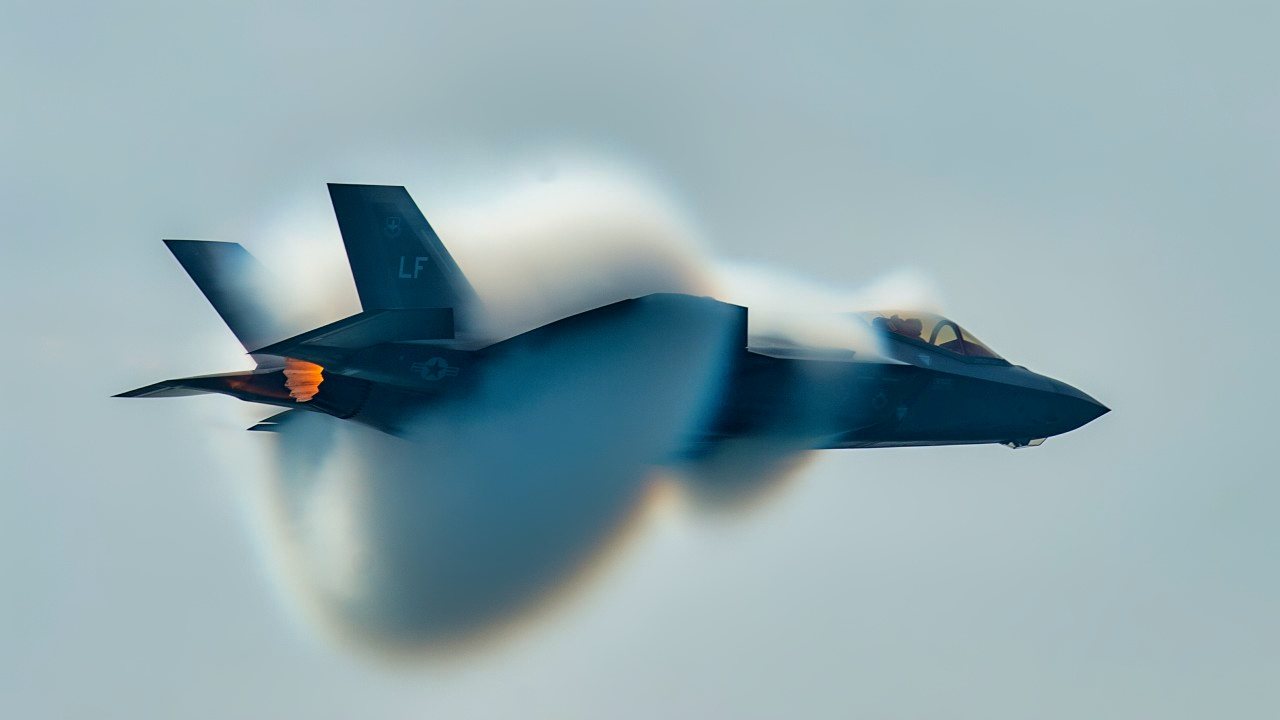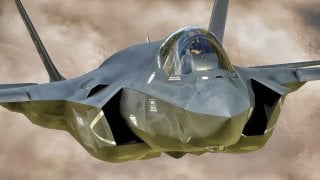The F-35 Stealth Fighter Is a Victim Of Its Own Success
The F-35 Lighting II is the most popular fifth-generation fighter jet in the skies today. Its technological edge and capabilities are mainly why the aircraft is so highly sought after by many countries. And, in some respects, that creates a problem.
The F-35 Lighting II is the most popular fifth-generation fighter jet in the skies today. Its technological edge and capabilities are mainly why the aircraft is so highly sought after by many countries. After all, the stealth aircraft is the most advanced fighter jet to take to the skies operationally.
However, in a way, the F-35 is a victim of its own success. You see, so many countries seek to add the stealth fighter jet to their arsenal that deliveries are greatly backlogged. To further complicate matters, a couple of programmed software and hardware updates are causing some production delays.
Software, Hardware, and F-35 Delays
Lockheed Martin produced approximately 156 F-35 Lighting II fighter jets in 2023. However, according to statements made to Forbes, although the company manufactured the aircraft, it didn’t deliver all of them.
The reason for the delay in deliveries is likely some unforeseen issues with the Technology Refresh (TR-3) hardware and software update that slowed down production. TR-3 is looking to update the hardware and software of the fighter jet, improving cockpit displays and adding computer memory and processing power, among other things. The update was supposed to be ready by April, but it is still ongoing more than eight months later.
Making things a bit more complicated, the long-planned Block 4 software of the F-35 that will further advance the capabilities of the stealth fighter jet by adding more long-range precision weapons, enhancing target identification, and bolstering electronic warfare attributes will rely on the TR-3’s infrastructure.
Until the TR-3 update is finished, Block 4 can’t roll out as expected. As such, the Government Accountability Office expects Block 4 to be ready with a three-year delay (2029 instead of 2026).
In written testimony to the House Armed Services Subcommittee in December, Lieutenant General Michael Schmidt, Program Executive Officer and director for the F-35 Lightning II Program, acknowledged the difficulties with Block 4 and potential delays to deliveries.
“Development and production concurrency is Block 4′s most critical challenge, and we are dealing with its consequences today,” Schmidt said. “The F-35, Lockheed Martin, and other industry partners have identified high risk concurrency in the F-35 Block 4 schedule, which would threaten to shut down aircraft production if development slips.”
The F-35 Program
This isn’t the first time the F-35 program has faced delays recently. Back in 2022, Lockheed Martin had to temporarily pause deliveries of new F-35 fighter jets after it was discovered that a small part of the aircraft was sourced from China. Specifically, an alloy magnet used in the aircraft’s engine was sourced from China by a subcontractor.

It was only after the Pentagon and Lockheed Martin conducted a thorough review to ensure that the part in question wouldn’t jeopardize the operational security of the aircraft or any of its classified technology to the near-peer adversary that deliveries resumed.

Good Things Come to Those Who Wait for F-35 Fighters? Yes, Indeed
And yet, delayed deliveries don’t seem to faze prospective buyers. Indeed, the high international demand for the aircraft, despite a slow delivery schedule, is a testament to the advanced avionics and capabilities of the F-35 Lighting II.
About the Author
Stavros Atlamazoglou is a seasoned defense and national security journalist specializing in special operations. A Hellenic Army veteran (national service with the 575th Marine Battalion and Army HQ), he holds a BA from the Johns Hopkins University, an MA from the Johns Hopkins’ School of Advanced International Studies (SAIS), and is pursuing a J.D. at Boston College Law School. His work has been featured in Business Insider, Sandboxx, and SOFREP.


